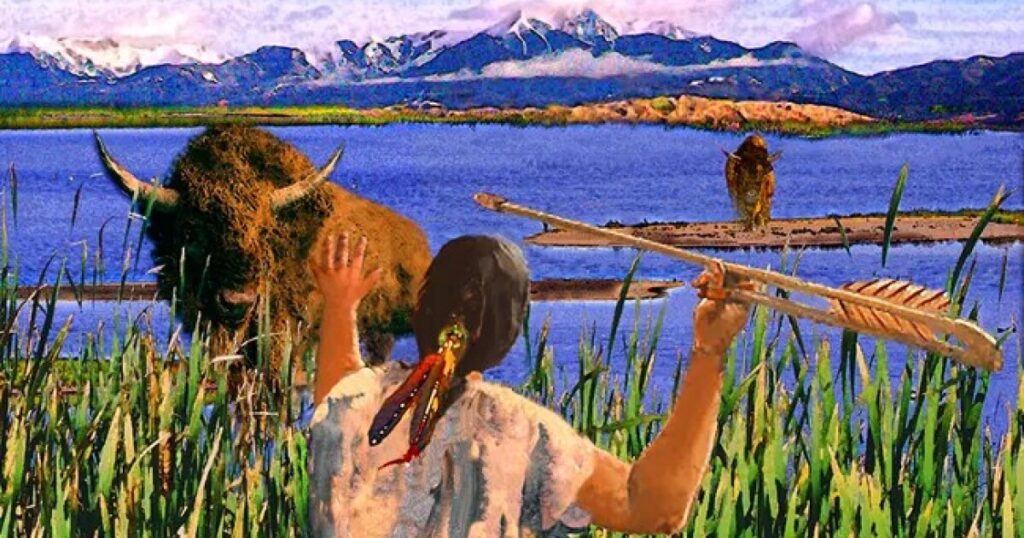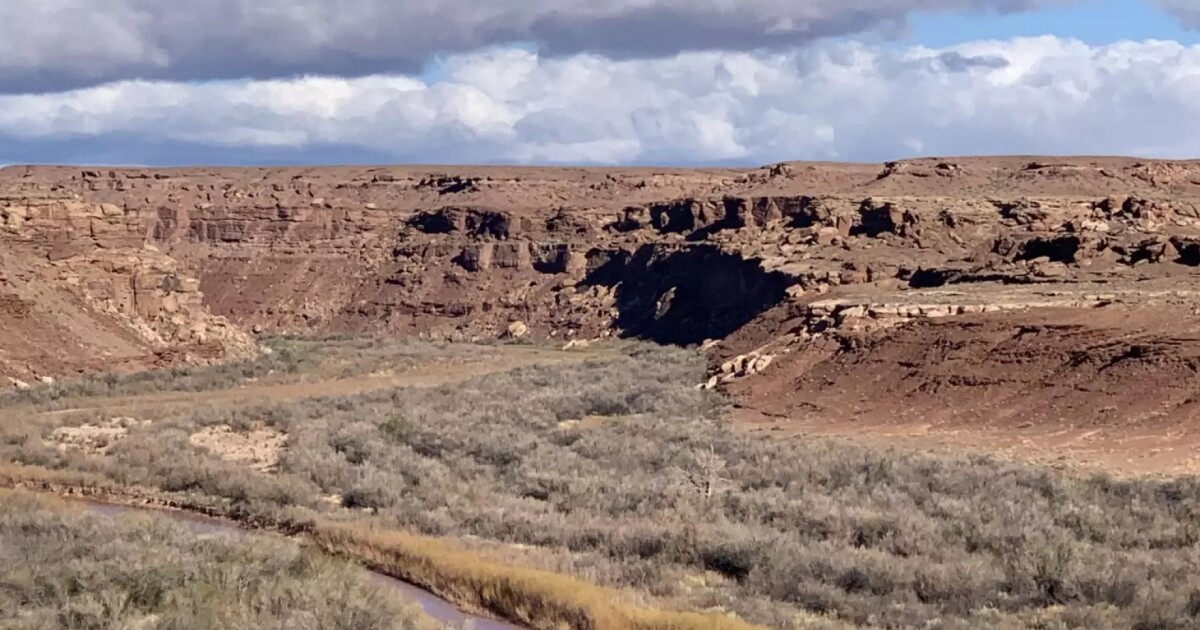In a remarkable archaeological find, the fossilized remains of two ancient mammoths were discovered in the Rio Puerco Canyon, nestled within the Colorado Plateau of northern New Mexico. This discovery, made by hiker Gary Hartley in 2013, has sparked significant interest and debate among scientists.
Initially, archaeologists believed that these mammoths had been butchered by the Clovis culture, known for big game hunting in North America around 13,000 years ago. However, radiocarbon tests revealed a surprising twist: the mammoth remains were approximately 37,000 years old, predating the estimated arrival of the Clovis people by a significant margin.
In 2022, a group of archaeologists from the University of Texas provided detailed evidence indicating that the mammoths were indeed processed by humans, utilizing stone and bone tools, and possibly with the aid of controlled fire. This revelation challenges the conventional timeline of human migration into North America.
While not universally accepted, the notion of an earlier human presence in the Americas finds support in other discoveries. For instance, fossilized human footprints in New Mexico have been dated to 22,000 years ago, and several sites in Mexico and South America suggest human activity dating back 25,000 years or more. Additionally, genetic studies indicate an ancient migration from Asia to the Americas, aligning with the testimonies of Indigenous peoples who assert their presence on the continent since time immemorial.
The debate over when humans first arrived in the Americas is ongoing, with new research continually reshaping our understanding of prehistoric migrations.
This article is based on information provided by Steve Schwartz, with contributions from KNAU and the Sustainable Communities Program at Northern Arizona University.
—
Read More Arizona News










